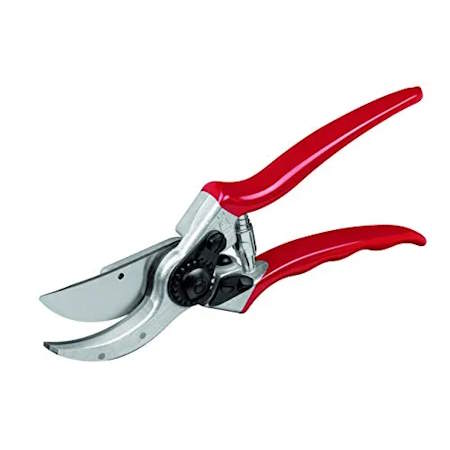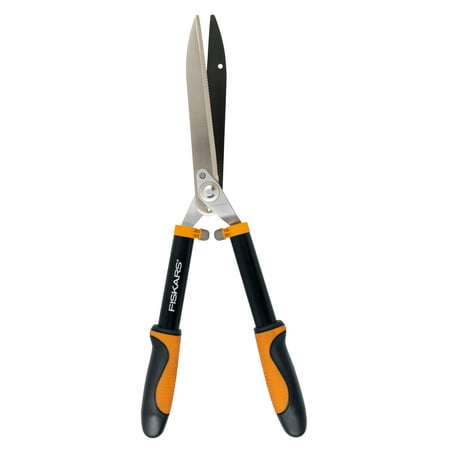7 plants to prune in September – what to trim and tips for how much to remove
Pruning this month will keep plant neat and encourage a great display next year
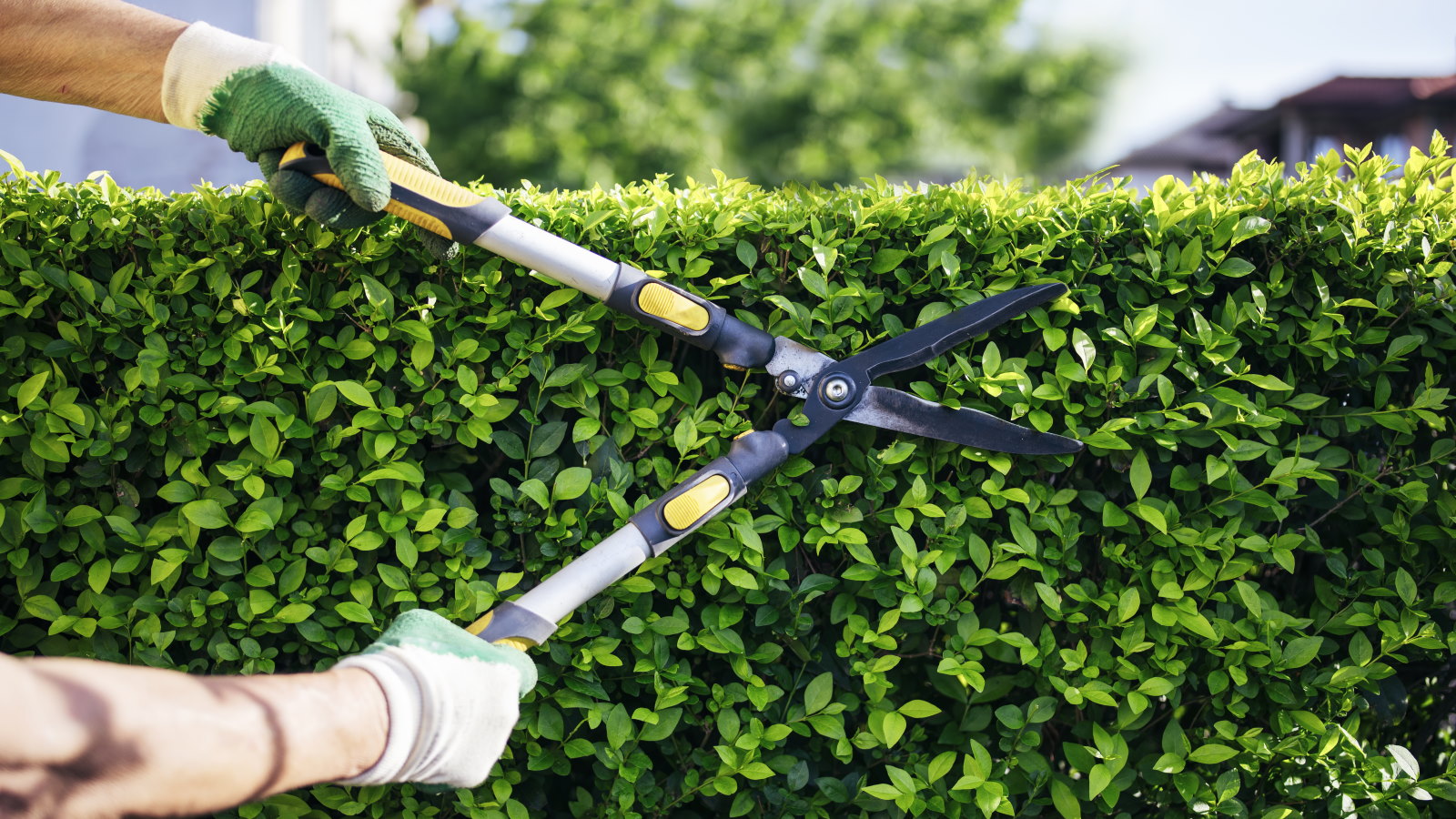

The seasonal transition from summer to fall is a very productive, and traditionally busy, time in any garden. Along with routine tasks such as watering, deadheading, and harvesting flowers and vegetables, it is an ideal month to prune many summer-flowering plants.
Some shrubs, hedges, climbers, and soft fruit can benefit from being trimmed this month to keep plants healthy, neat, and productive. Taking a little time with the pruning shears in September will help guarantee a fantastic display of flowers or a harvest of fruits next year.
Pruning doesn’t have to be daunting or confusing. To help, we look at seven popular backyard plants to prune this month and provide some simple trimming tips. It is worth adding trimming to your to-do list for this month, along with tasks like planting flowers, shrubs, and vegetables in September.
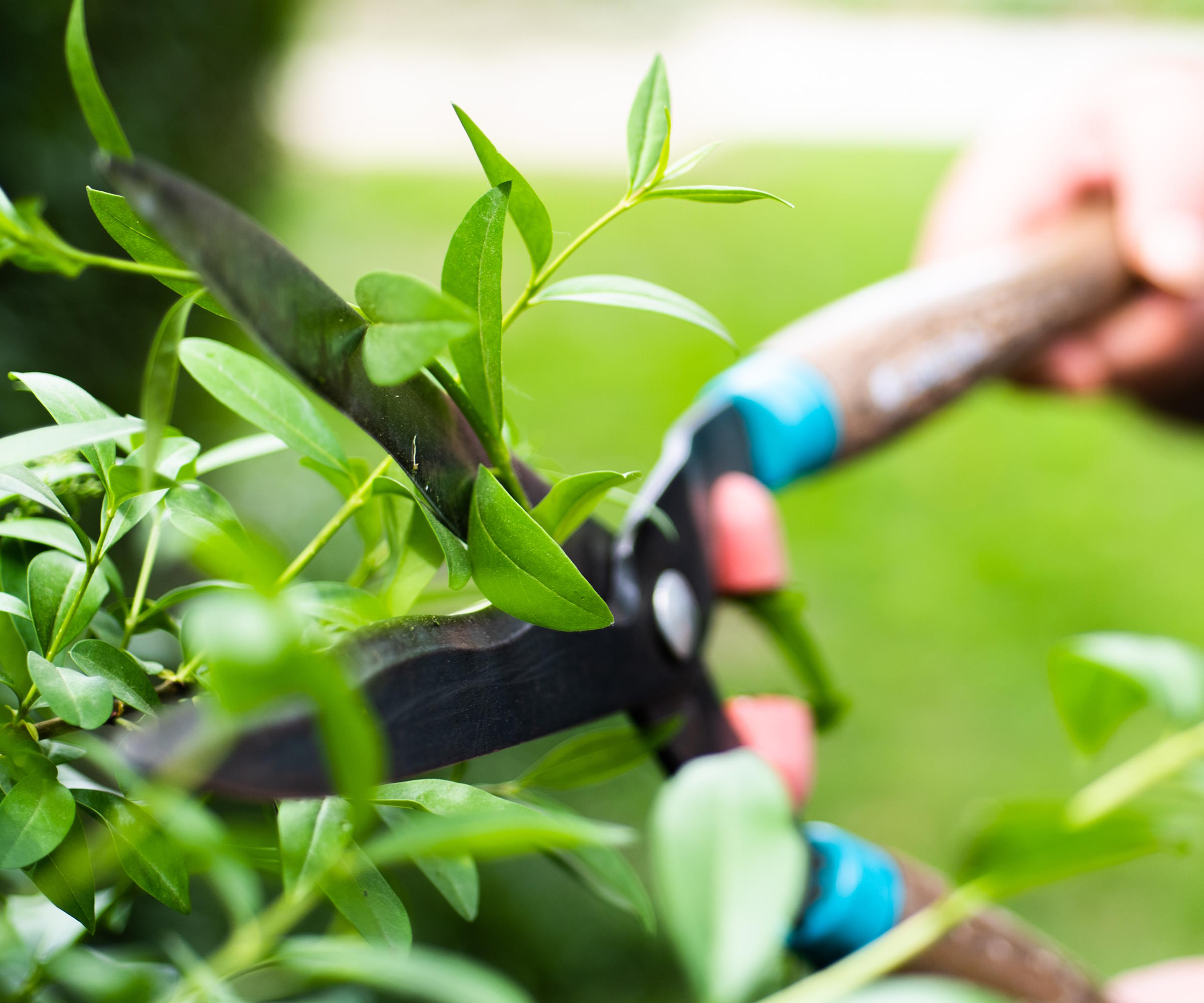
Tools for pruning in September
Always use clean and sharp garden tools to prune this month, to keep plants healthy and make any trimming easier. Pruning shears are the number one pruning tool for the month, but a pair of loppers will be needed for larger stems and hedging shears are also a useful addition to your gardening kit bag. Now you have the gardening tools, so let us look at some plants to prune and how much you should trim.
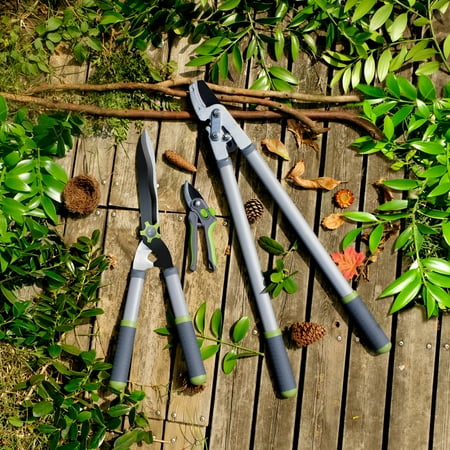
A pruning set containing pruning shears, hedging shears, and loppers. All with precision-ground steel blades and ideal for a wide range of trimming tasks.
1. Summer-fruiting raspberries
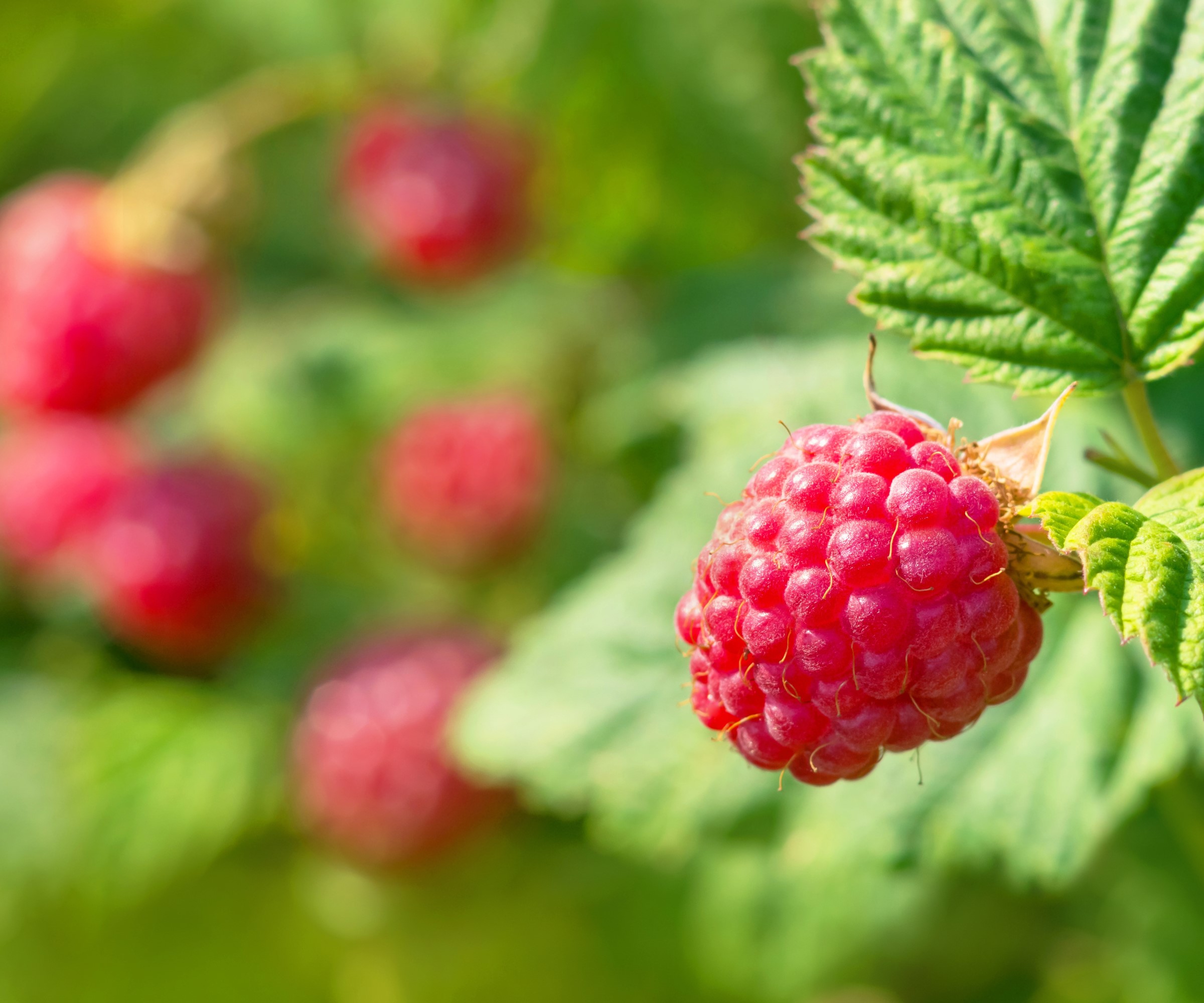
Homegrown raspberries are so delicious when plucked straight off the plant. They are very easy fruiting crops to grow, though pruning is essential for healthy and productive canes.
It is important to remember there are summer and fall-fruiting varieties of raspberries. While planting both can give you a long season of fruits, they have different trimming requirements - so it is important to understand when to prune raspberries.
When it comes to how to prune raspberries, summer-fruiting types produce fruit on second-year growth and need more selective pruning than their fall counterparts. They are pruned post-harvesting and September is an ideal time to do this. Cut all the older, brown canes that carried this year’s fruit to the ground and leave the newer green canes to carry next year’s fruit.
2. Jasmine
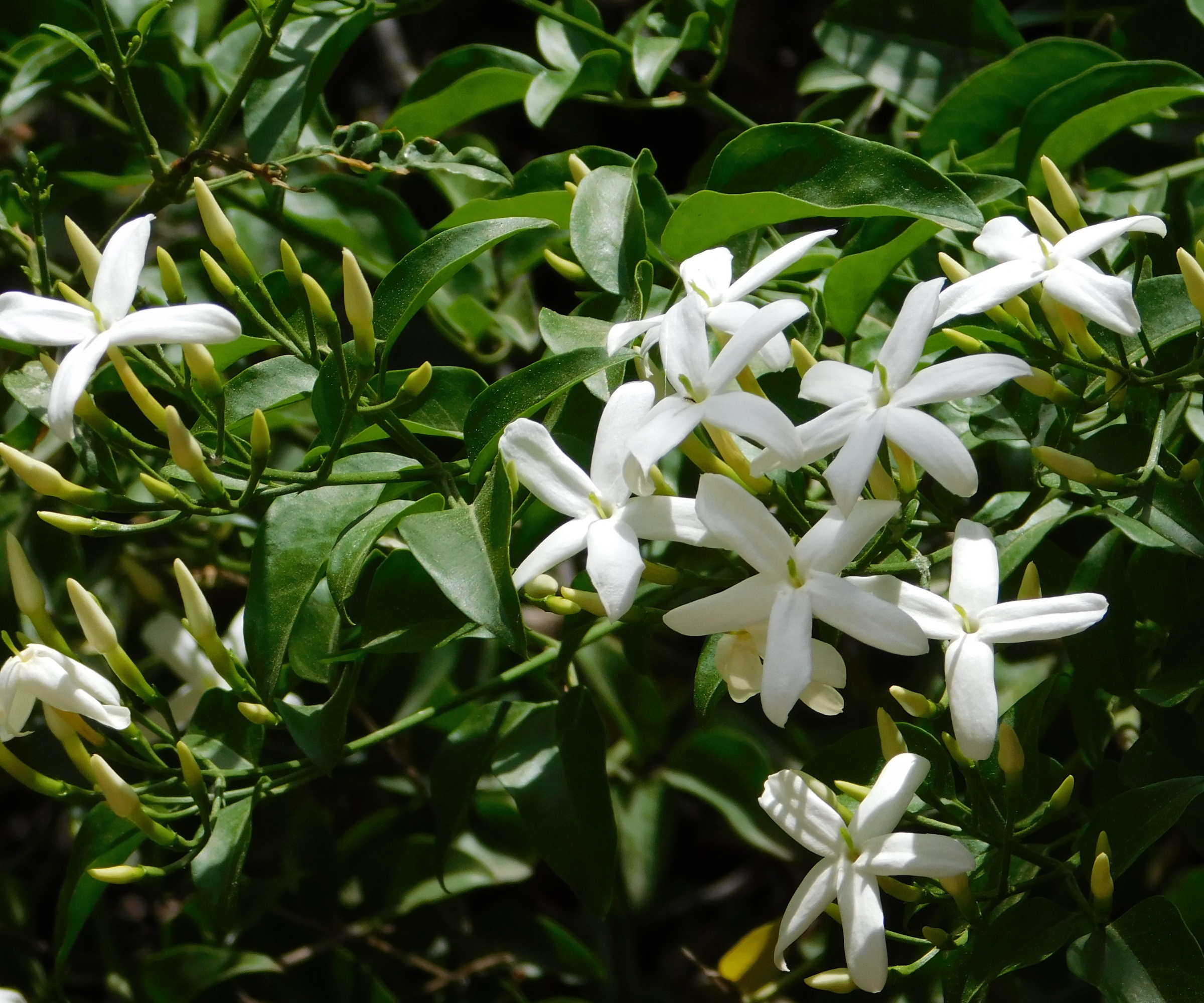
Jasmine is a hugely popular fragrant flowering climber, with its vines covered in small, sweet-smelling white or pink flowers. Jasmine comes in summer or winter-flowering varieties and trimming at the right time is key to a stunning display, as pruning too early will be a pruning mistake that robs you of the glorious flowers.
Summer-flowering jasmine wants to be pruned immediately after flowering in late summer and early fall. Trimming at this time is ideal when caring for jasmine plants, as it gives the climbers lots of time to develop the new growth that will burst into flower next summer.
Focus on removing dead and damaged stems, along with any older stems that no longer flower and ones that are tangled or growing in unwanted directions.
3. Passionflower
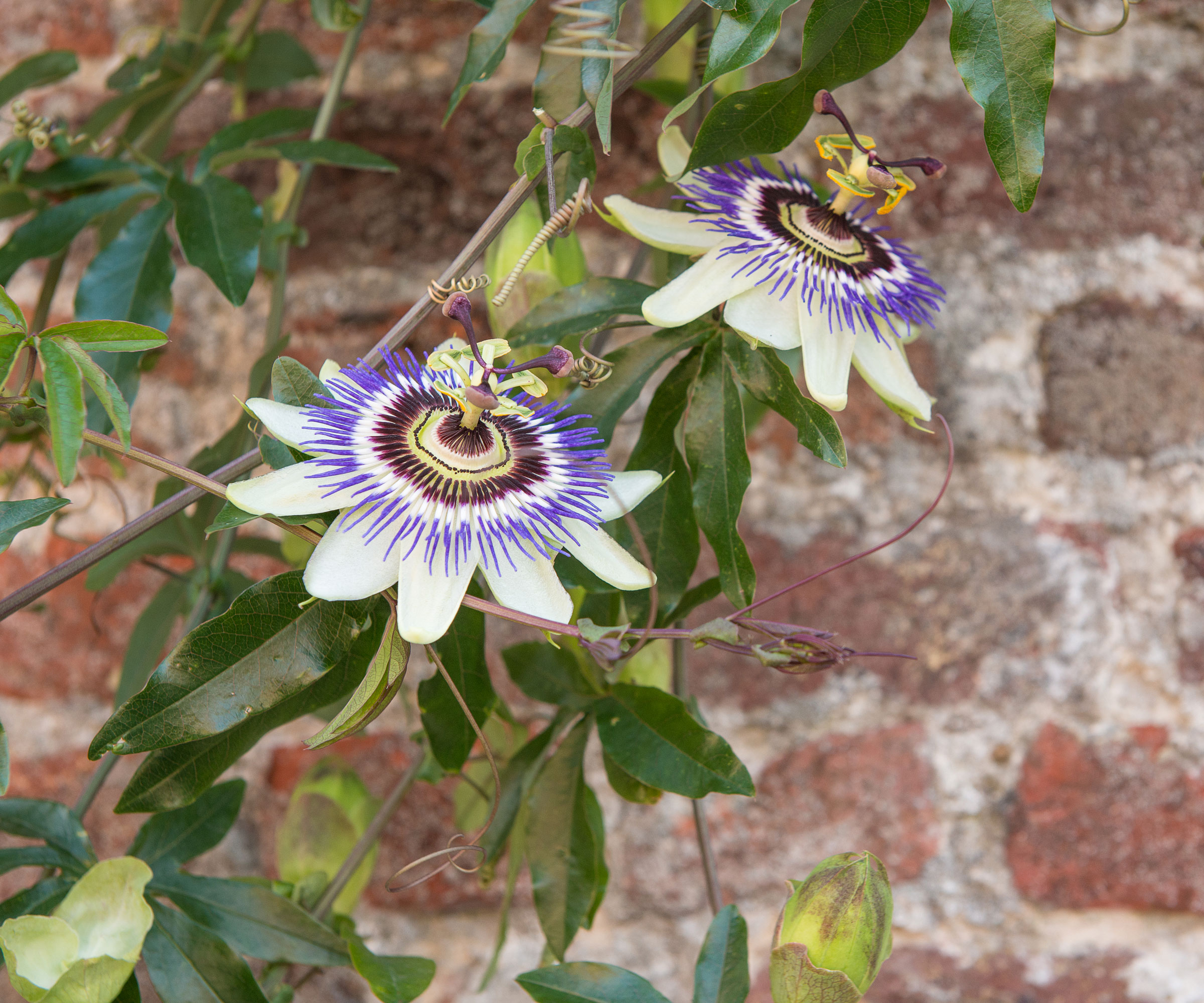
These perennial flowering vines are native plants to North America and are very versatile. They are fantastic options for plants to cover a wall, or as part of any trellis ideas, and also great for wildlife gardens as their flowers attract hummingbirds and butterflies.
Passionflower vines love to spread and need to be regularly trained and trimmed. Pruning should be done gently after they have finished flowering at the end of summer. Trimming that year’s flowering vines back to a neat framework - always pruning back to a bud - helps to keep the plant in shape.
Passionflowers can also be pruned in spring, especially if they need a bit more harder pruning, however, this will reduce the number of flowers you get that summer.
4. Hornbeam
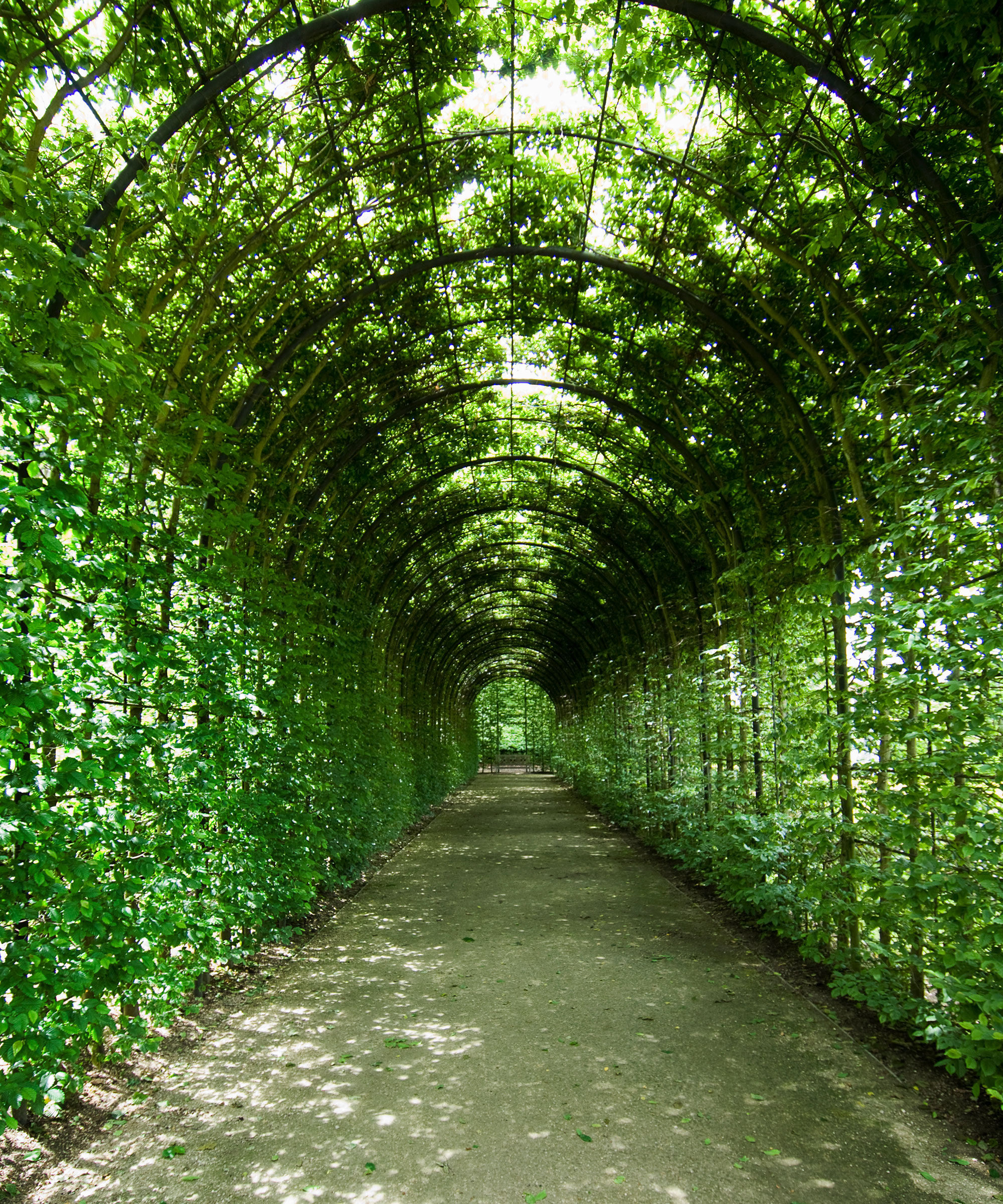
Hornbeam is a very slow-growing and versatile tree that can be used in many ways as part of backyard ideas. Hornbeam is a popular choice as a hedging plant and is often grown as a pleached tree to create a striking and formal focal point in any space.
Hornbeam is best pruned in late summer to early fall once the summer growth starts to slow down and before the leaves start to change in color and fall.
Pruning at this time of year should ensure a dense hedge and keep any hornbeam looking neat for winter. Hornbeam is best pruned by hand rather than with a hedge trimmer, pruning back to two or three leaves from the base.
5. Evergreen hedges
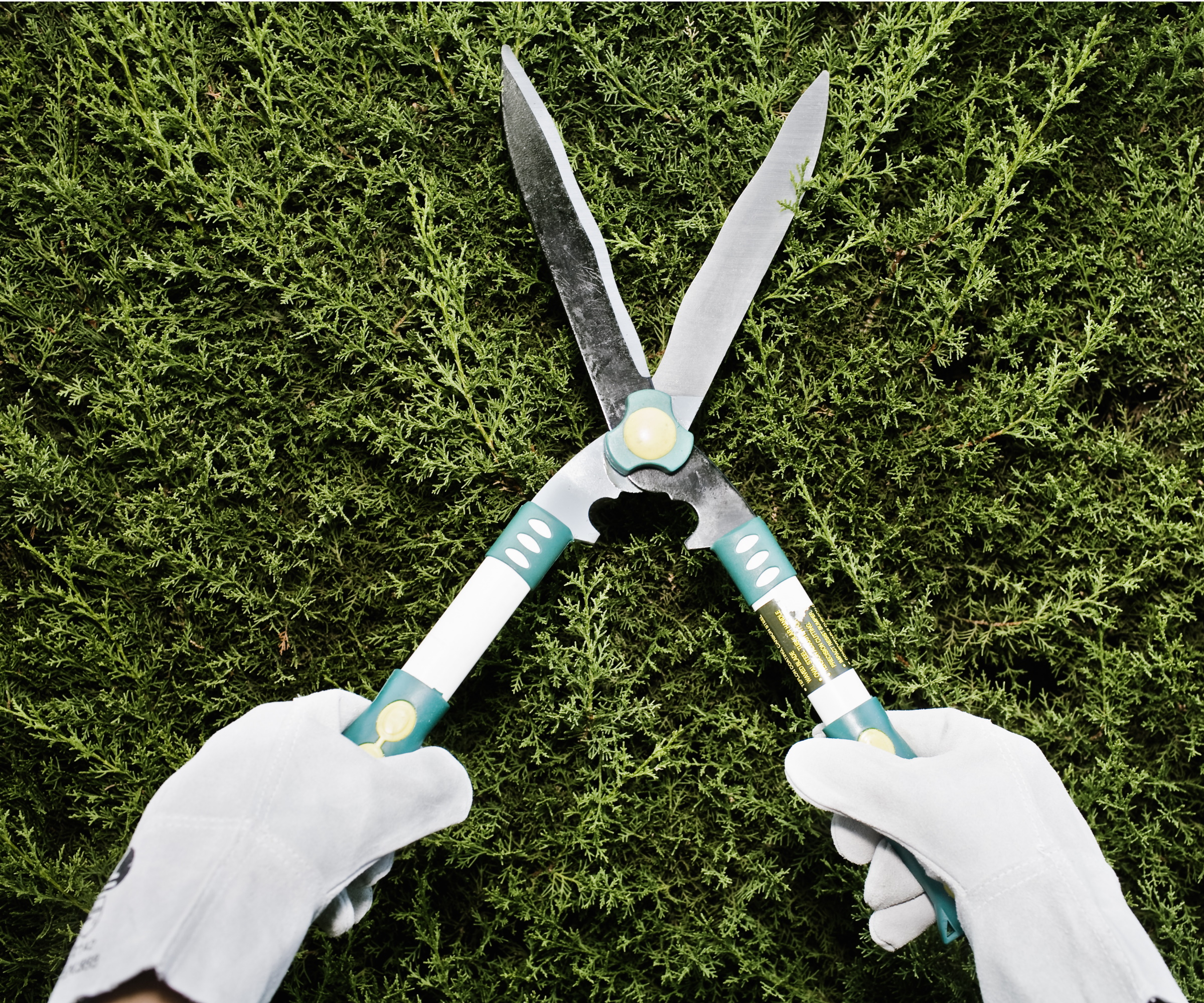
Evergreen hedges are fast-growing and benefit from being pruned twice a year to keep them looking neat. In particular, a prune in September can ensure they are in shape for winter.
Evergreen bushes such as yew, cypress, and box want to be pruned in late summer or early fall when the new growth for the year has finished. Trimming in September ensures that pruning cuts heal before the wet and cold of late fall and winter arrives. Consider setting up a string line to guide your cutting and carefully trim the fresh growth back.
6. Honeysuckle
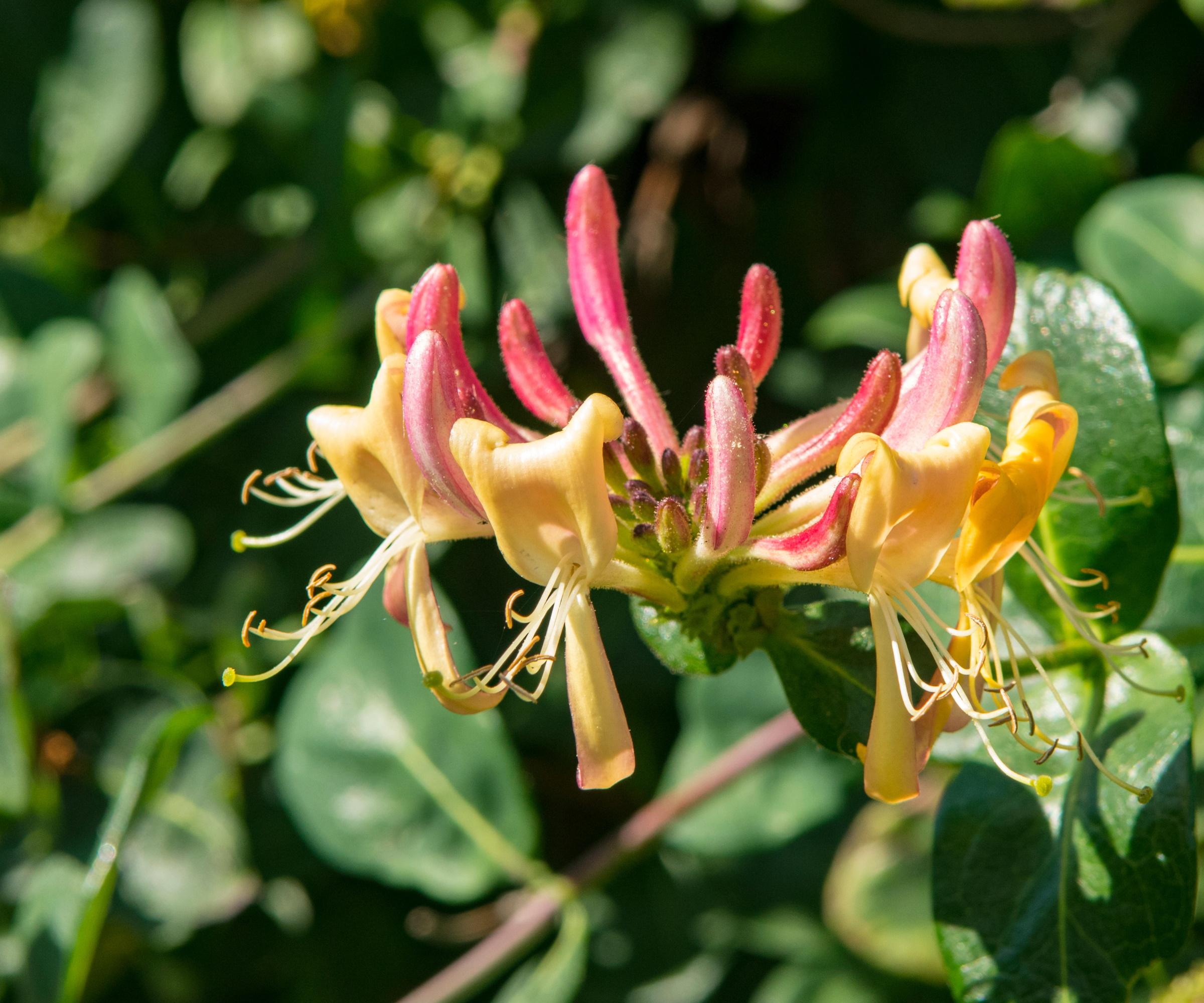
There are many honeysuckle types to choose from, including shrub forms as well as the eponymous climbing plants that most people associate with the name honeysuckle. The classic climbing honeysuckles are favorites to bring a cottage garden vibe to any space and they flower throughout the summer but will require some pruning to keep them in shape.
Deciduous summer-flowering honeysuckles are lightly pruned after flowering in late summer and early fall. Cut back that summer’s flowering shoots by one-third to a side shoot. This helps prevent the climber from getting over-congested and turning into an unruly mess that only flowers at the top.
7. Rambling roses
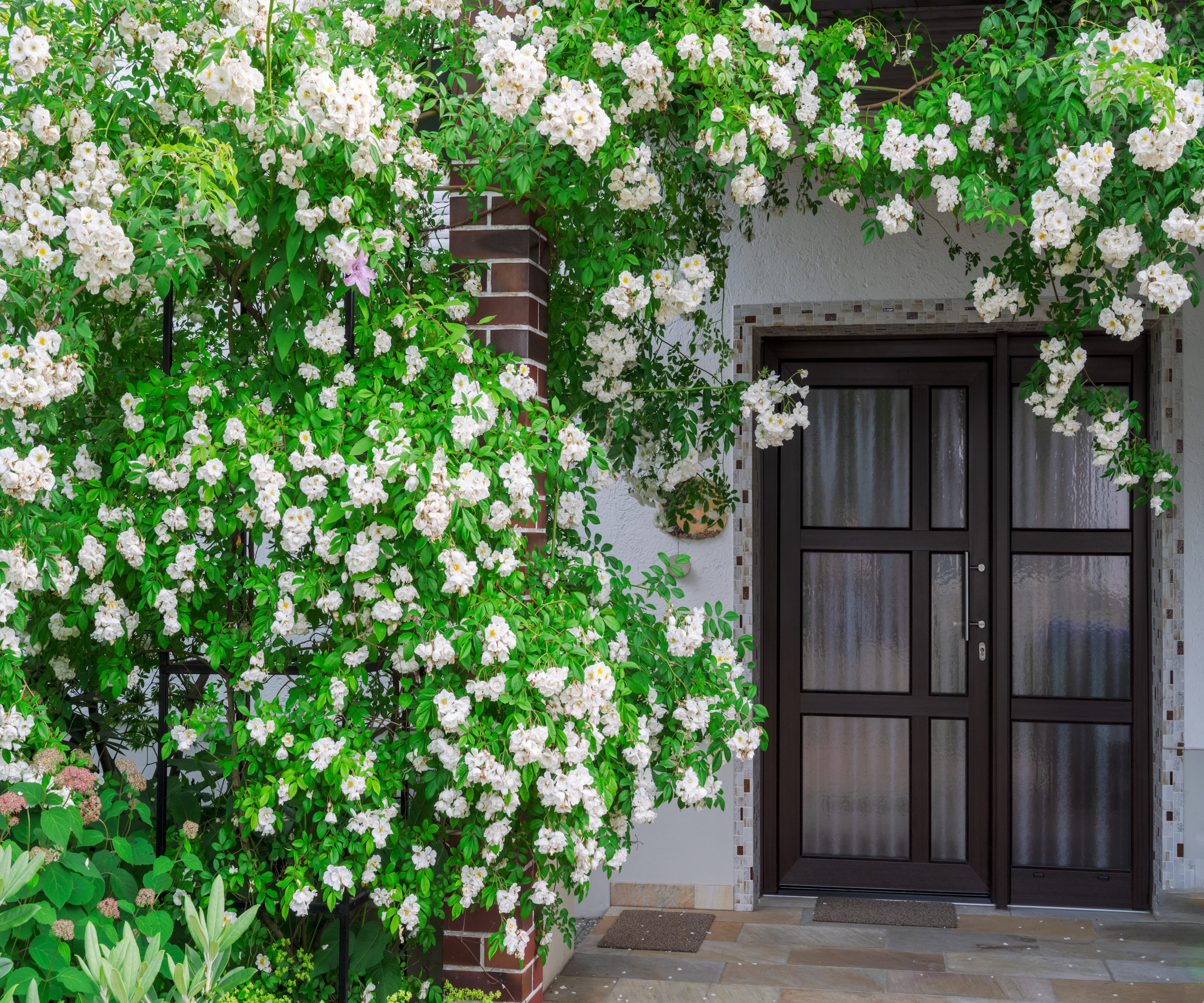
Rambling roses flower profusely in midsummer - it is a one-time glorious flush of flowers, unlike climbing roses that repeat flower throughout the season. To keep rambling roses performing at their best year after year, prune them in late summer or early fall after the flowering and display of hips ends. It is important to ensure your rose is a rambler and not a climbing rose as it would be a rose pruning mistake to prune climbing roses at this time of year.
The rose pruning method is relatively simple. Look to remove any dead, damaged, or diseased stems and cut side shoots back by around two-thirds. If the rambling rose is congested, remove a third of the oldest stems to rejuvenate the rose.
FAQs
Can I prune box in September?
You can trim boxwood bushes in the earlier parts of September. A light trim at this time will help keep the shape of the boxwood established and ensure the plant looks neat for winter. If you live in a colder US hardiness zone, it may be unwise to prune the box in September as the plant may not have sufficient time to harden off any new growth before the frosts arrive.
Can I trim conifers in September?
Conifers require regular trimming throughout the year to keep them in shape. They can be trimmed from spring until late summer or early fall, including early September. Care should be taken when pruning later in September as cutting too late in the year can cause conifers to go brown.
Pruning and deadheading have to be essential jobs for any late summer gardening checklist. But the list of jobs for this month does not end there, there are also vegetables to plant in September and flowers to sow in September that can help fill your garden with plants for the rest of this year and into next spring.
Sign up to the Homes & Gardens newsletter
Design expertise in your inbox – from inspiring decorating ideas and beautiful celebrity homes to practical gardening advice and shopping round-ups.

Drew’s passion for gardening started with growing vegetables and salad in raised beds in a small urban terrace garden. He has worked as a professional gardener in historic gardens and specialises in growing vegetables, fruit, herbs, and cut flowers as a kitchen gardener. That passion for growing extends to being an allotmenteer, garden blogger, and producing how-to gardening guides for websites. Drew was shortlisted for the New Talent of the Year award at the 2023 Garden Media Guild Awards.
-
 What the unexpected fashion trick the 'Sandwich Method' taught me about decorating with color in my home
What the unexpected fashion trick the 'Sandwich Method' taught me about decorating with color in my homeI took a cue from my wardrobe and matched my ceiling to my skirtings – here's why it's my new favorite color trick
By Charlotte Olby
-
 I used to be a lifeguard – this scanning method has stuck with me and instantly catches clutter before it becomes overwhelming
I used to be a lifeguard – this scanning method has stuck with me and instantly catches clutter before it becomes overwhelmingThis life-saving tip now saves me from feeling overwhelmed
By Chiana Dickson
-
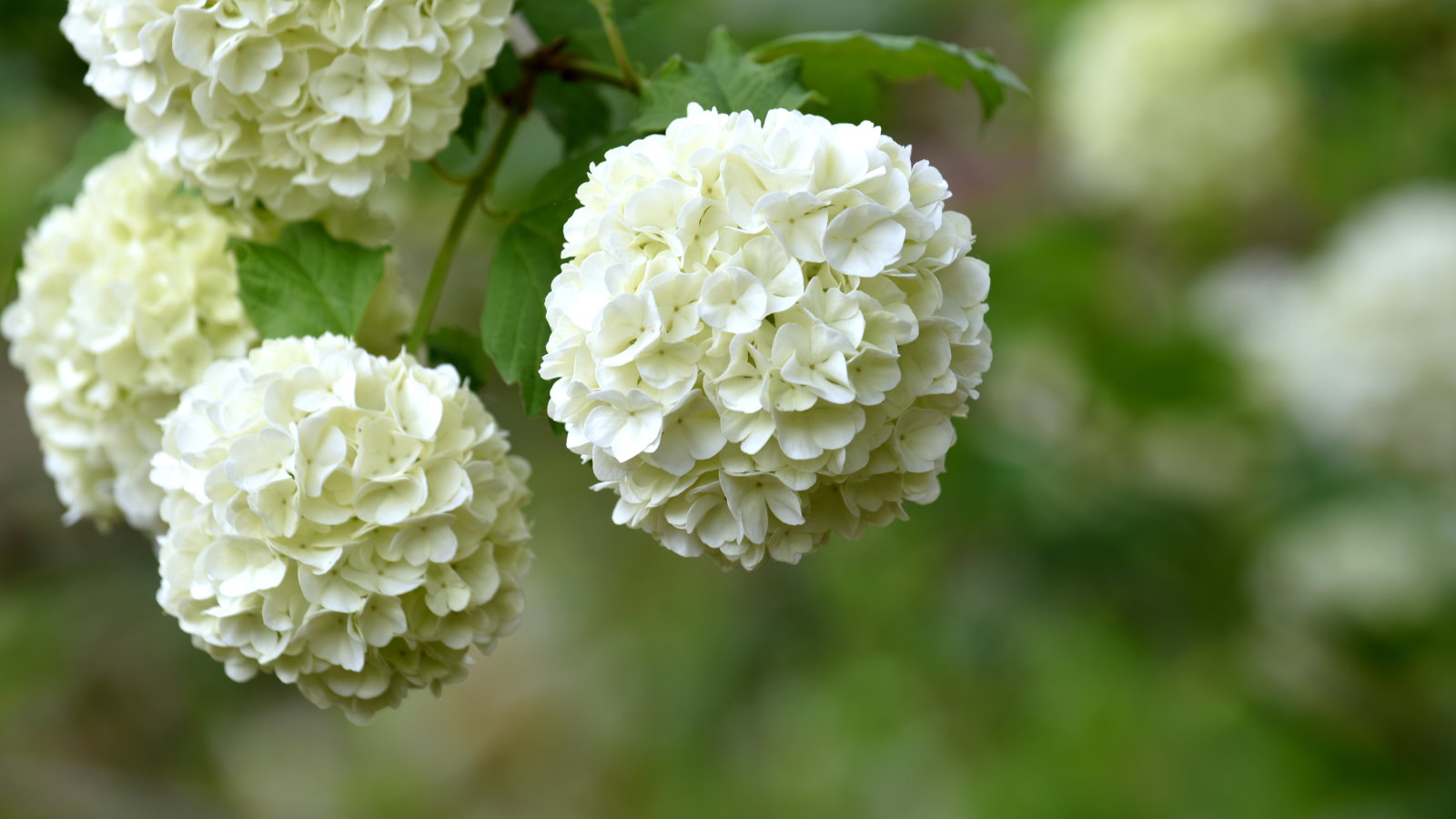 These 4 simple steps for pruning a snowball bush viburnum can give you the best blooms, plus we reveal the pitfall to avoid that will ruin any display
These 4 simple steps for pruning a snowball bush viburnum can give you the best blooms, plus we reveal the pitfall to avoid that will ruin any displayKnow how and when to prune a snowball bush with this expert pruning guide
By Drew Swainston
-
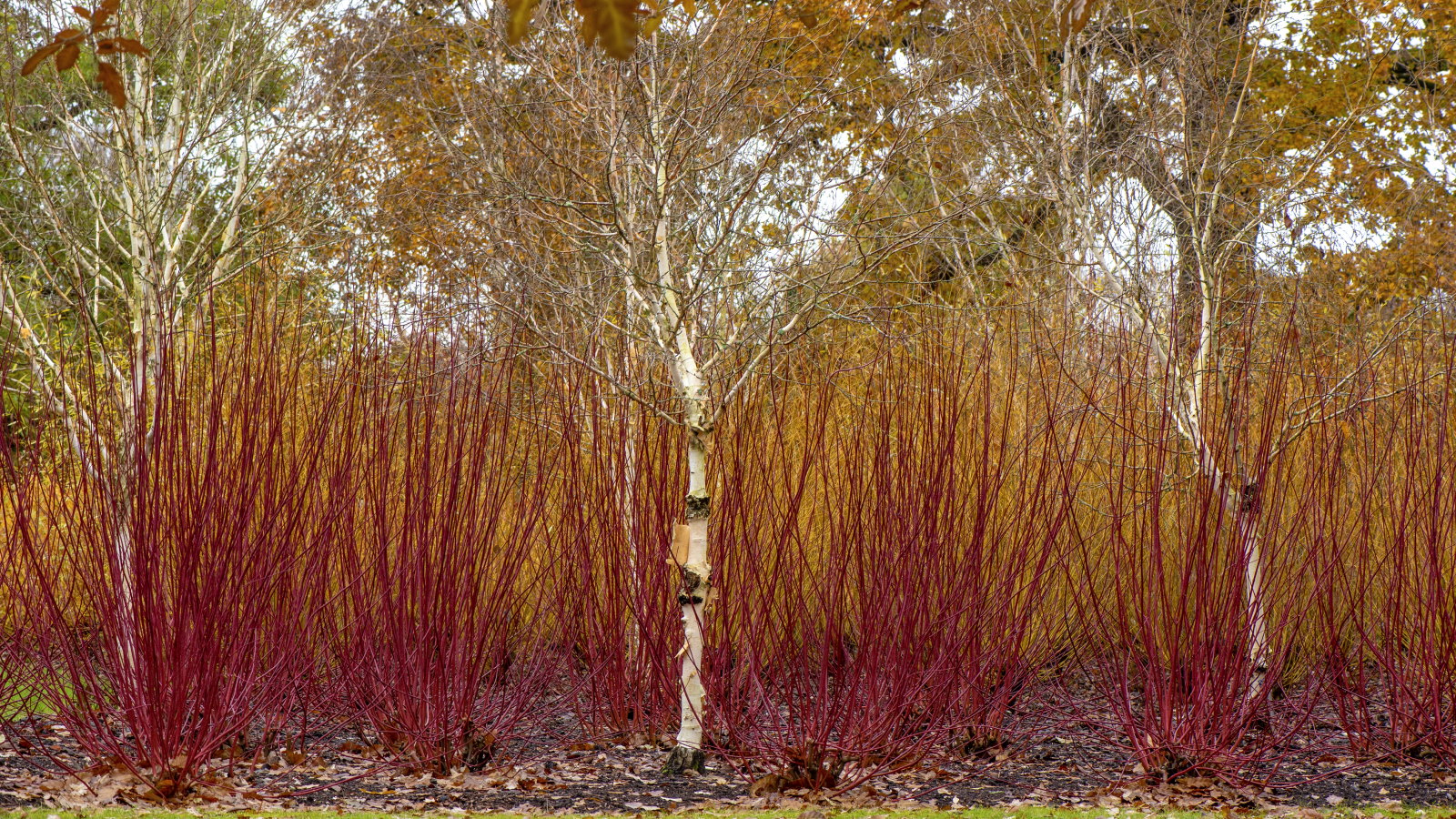 How to coppice trees and shrubs – and the 5 species that will benefit from this historical and super simple pruning technique
How to coppice trees and shrubs – and the 5 species that will benefit from this historical and super simple pruning techniqueCoppicing has aesthetic and practical benefits in a garden
By Drew Swainston
-
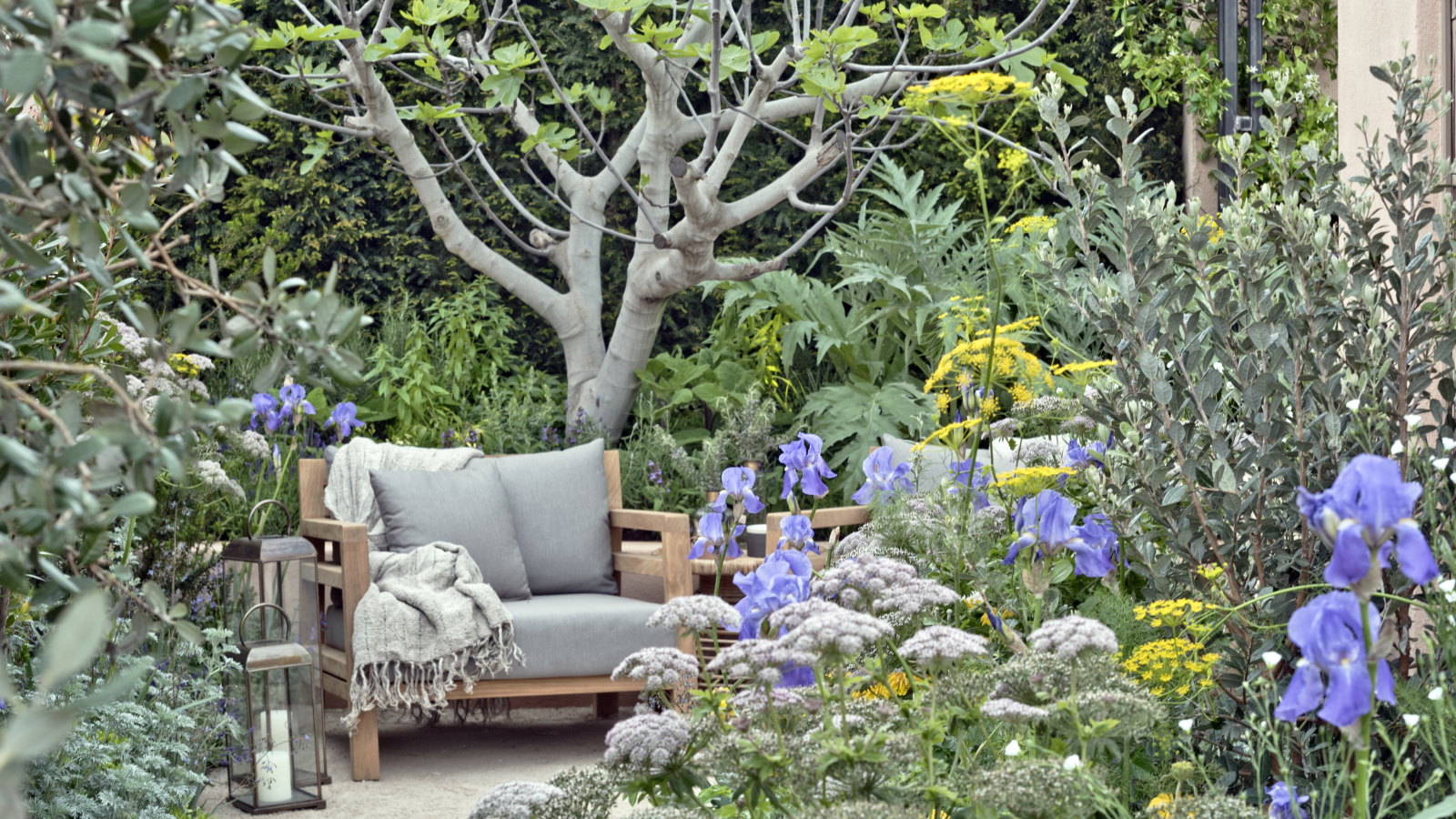 Horticulturists urge you to prune these 7 plants in April – for healthy growth and better-than-ever flowering displays
Horticulturists urge you to prune these 7 plants in April – for healthy growth and better-than-ever flowering displaysDiscover a key selection of plants to cut back this month, with expert pruning advice
By Drew Swainston
-
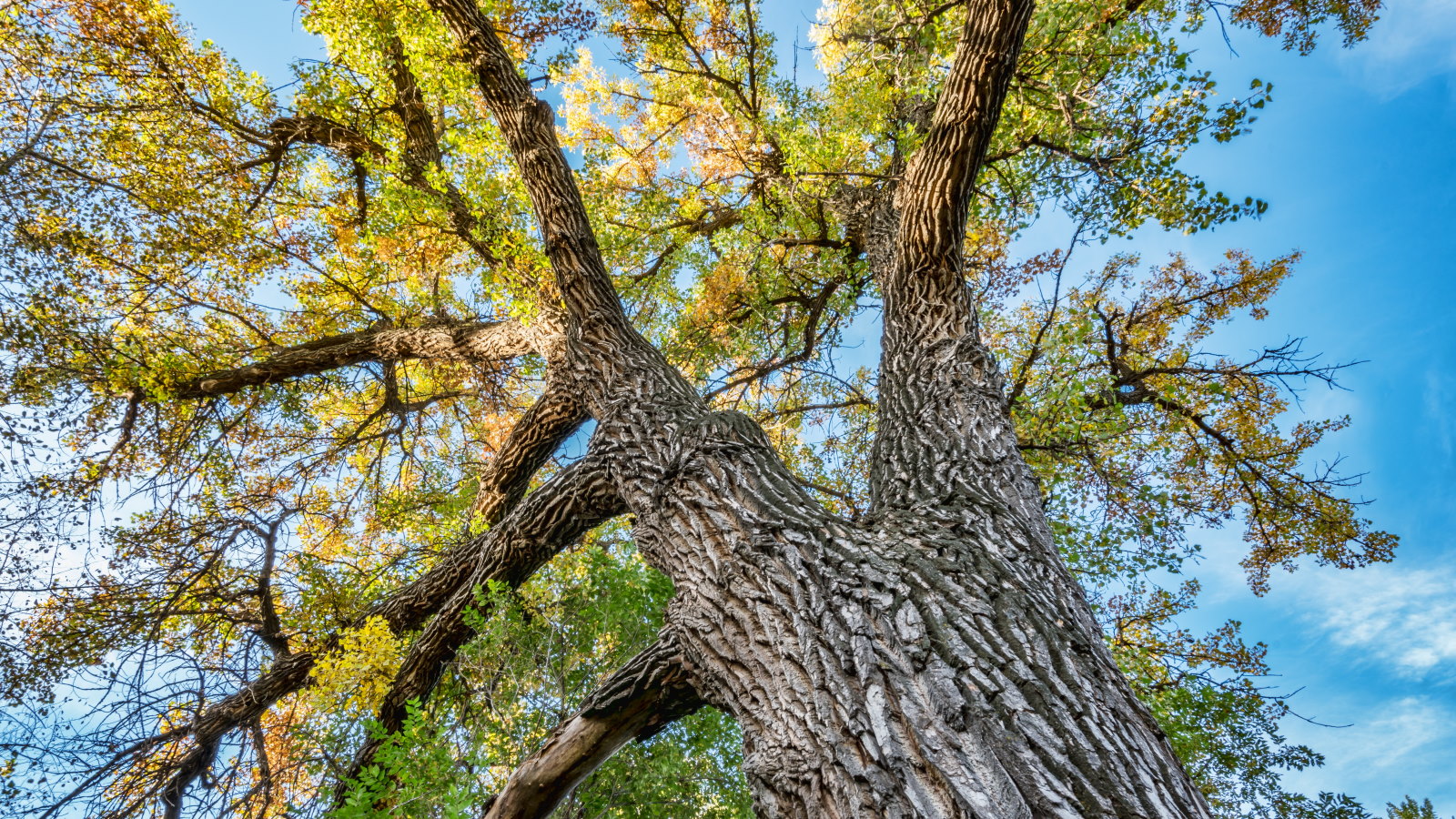 Safety is the number one reason to prune a cottonwood tree – an arborist reveals the best trimming routine to follow
Safety is the number one reason to prune a cottonwood tree – an arborist reveals the best trimming routine to followWhen and how to prune young and established cottonwoods
By Drew Swainston
-
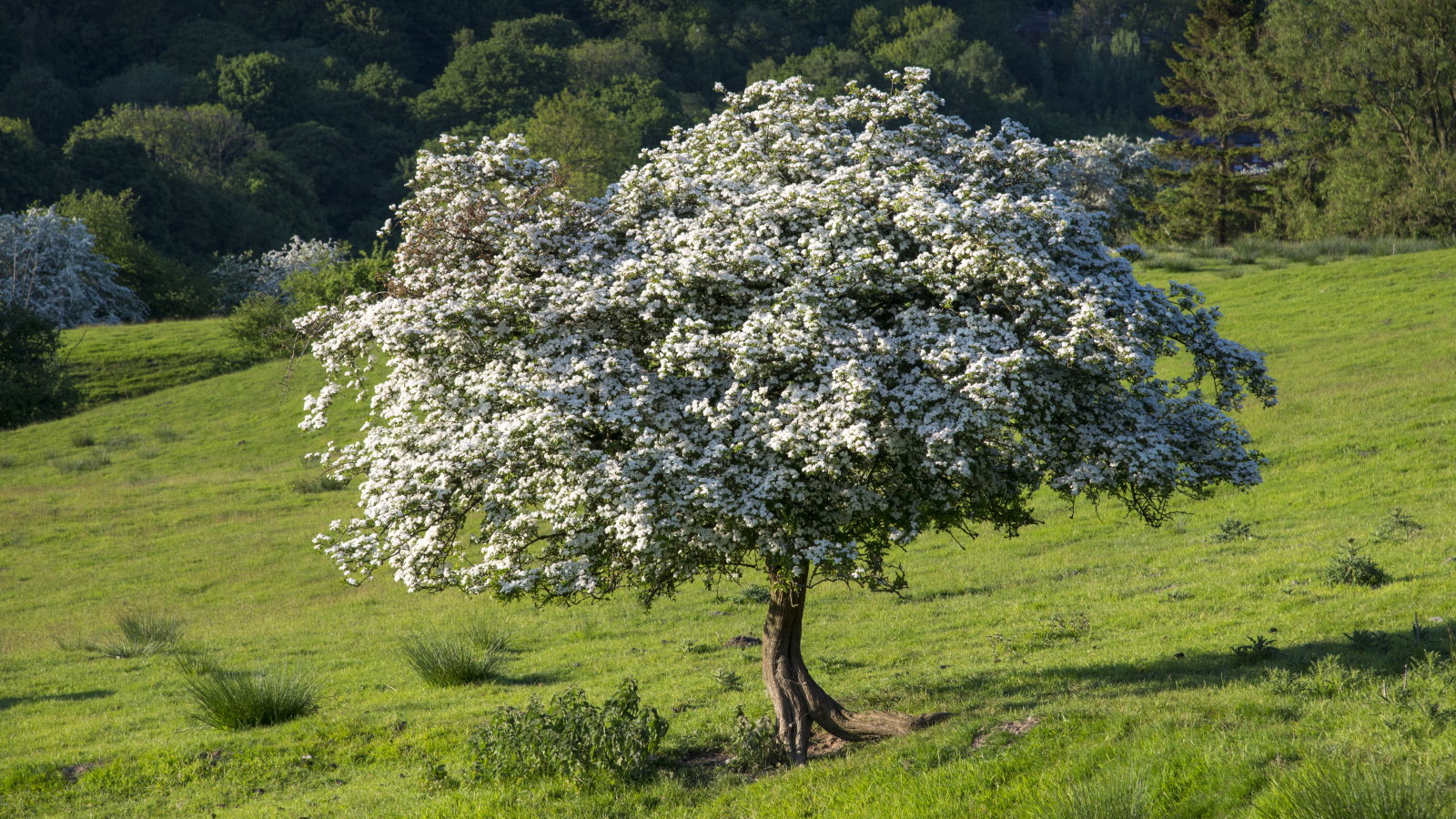 Now is the time to prune hawthorn trees to keep them healthy and attractive – 5 expert-recommended steps to follow for proper trimming
Now is the time to prune hawthorn trees to keep them healthy and attractive – 5 expert-recommended steps to follow for proper trimmingAvoid unnecessarily stressing your trees by pruning at the right time and not getting carried away
By Drew Swainston
-
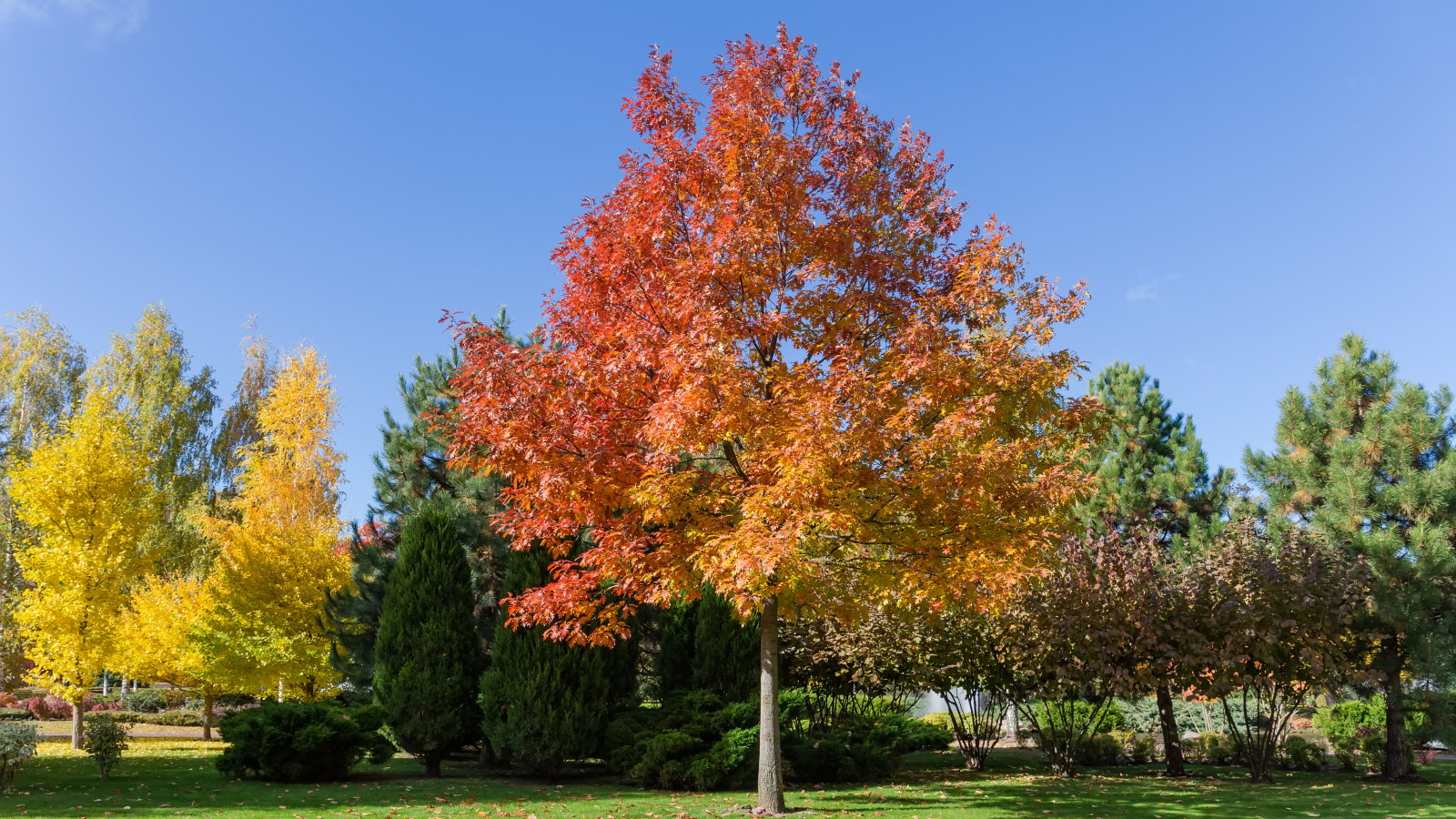 This is your last chance to prune oak trees to avoid a potentially fatal disease that can kill trees within months, arborists reveal
This is your last chance to prune oak trees to avoid a potentially fatal disease that can kill trees within months, arborists revealStay safe and discover what you can prune at different times of the year
By Drew Swainston
-
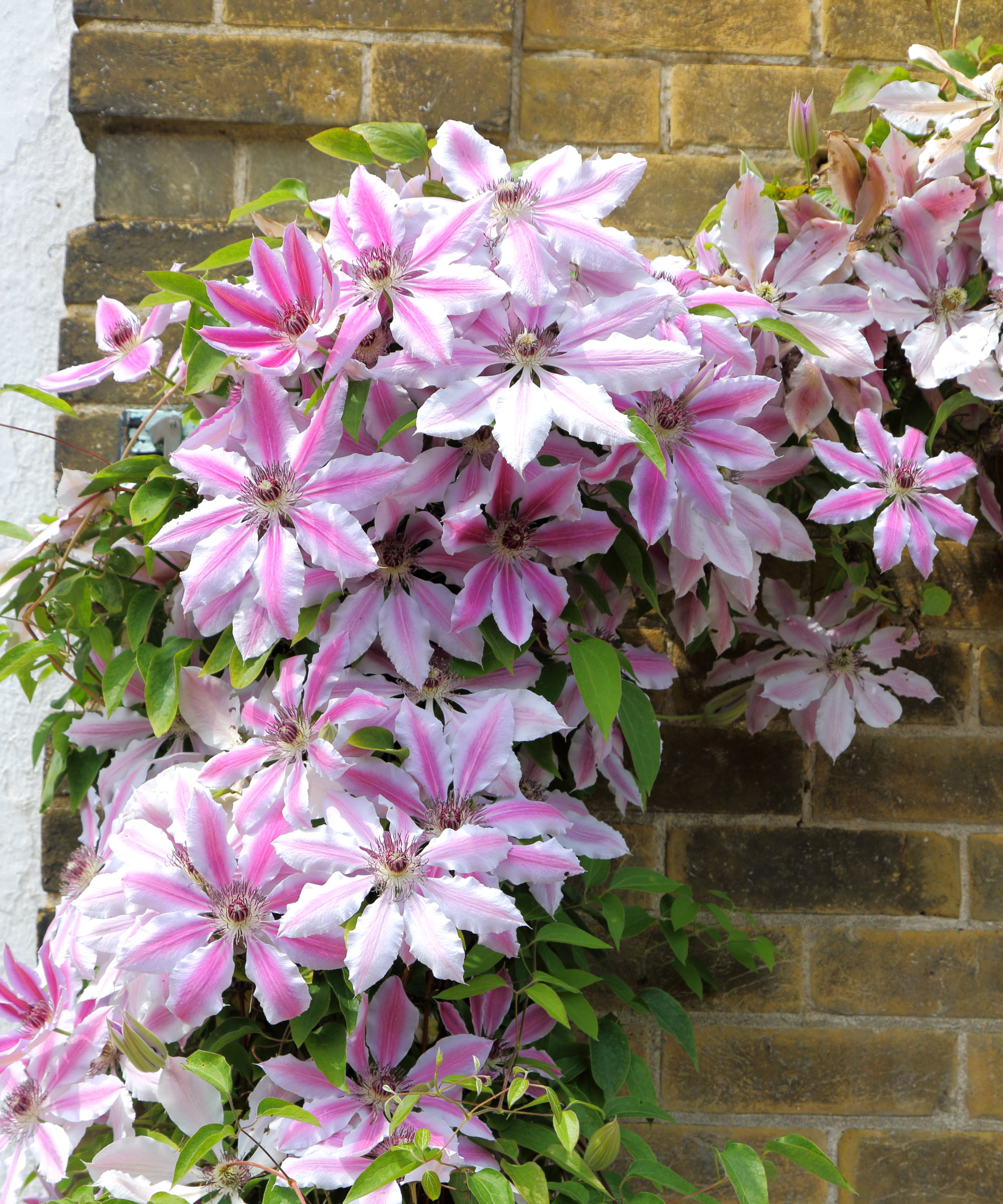 Expert horticulturists reveal 5 clematis pruning mistakes to avoid if you want spectacular floral displays
Expert horticulturists reveal 5 clematis pruning mistakes to avoid if you want spectacular floral displaysWhy you need to prune at the right time and not remove too much or too little
By Drew Swainston
-
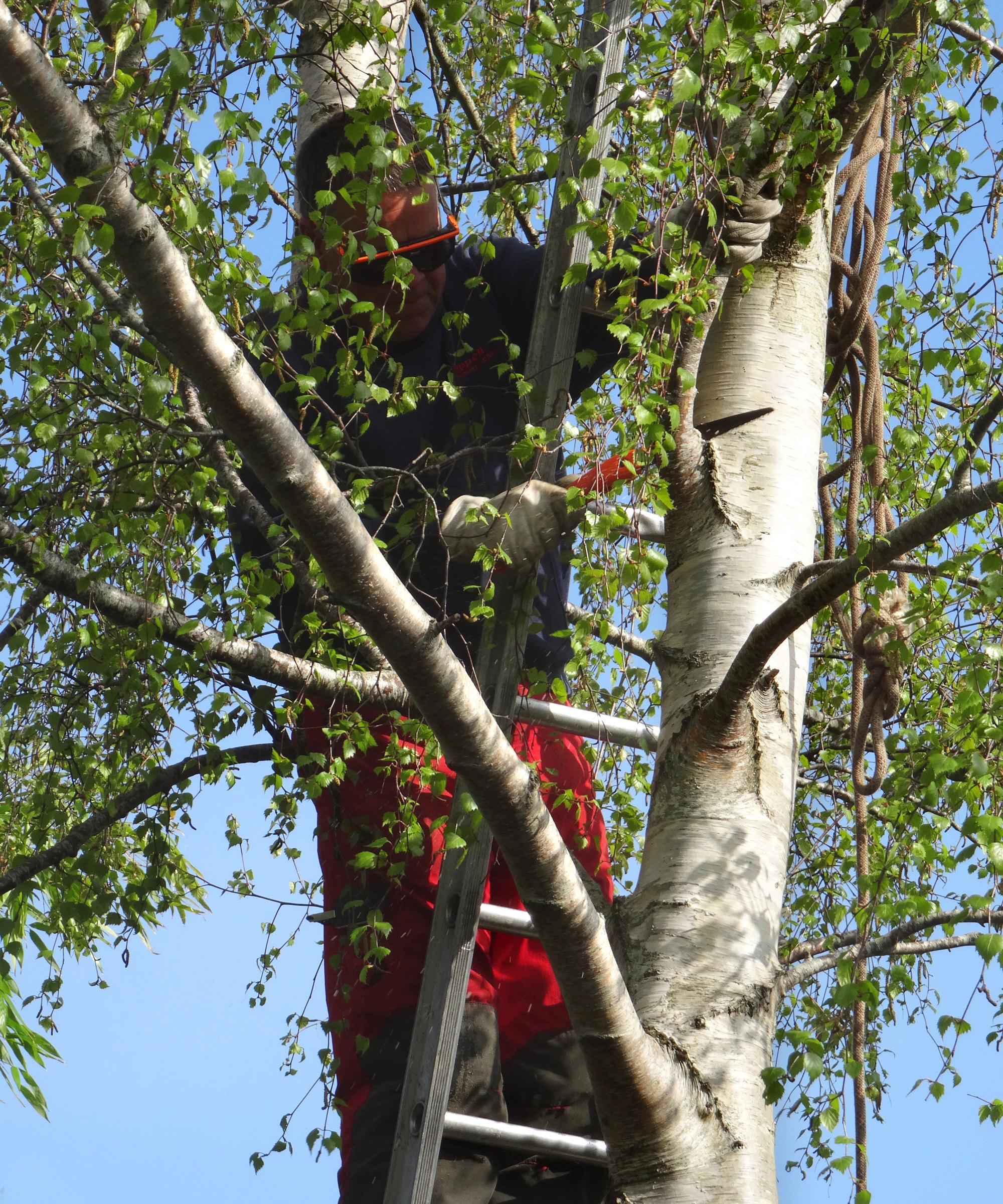 How to prune birch trees – arborists reveal 5 golden rules to follow and 3 things you should never do
How to prune birch trees – arborists reveal 5 golden rules to follow and 3 things you should never doAggressive pruning can be fatal to birch trees – here is how to avoid it
By Drew Swainston
